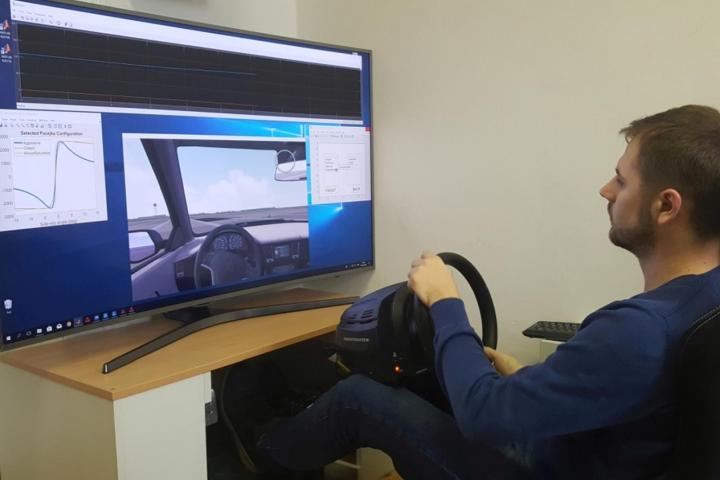Publication date:
2018/05/30

The automotive novelty has been successfully tested by scientists at the Faculty of Electrical Engineering. They developed a driving control system similar to that used in both civilian and military aircraft. The pilot does not control the individual elements directly, but only passes the impulses to the electronic control unit which then performs maneuvers itself with respect to other flight parameters.
The fly by wire control system allows for faster and more sensitive flight control and stabilization than the one which controls the individual elements of the aircraft directly. Although a similar system for cars, called "drive by wire" or "steer by wire," already exists in the form of a concept, is not yet technologically endowed and commercially exploited. Partly because of the lack of fundamental theoretical knowledge in the area of so-called unstable dynamics of vehicles and governing laws for their artificial stabilization.
The research group led by Martin Hromčík from the Department of Control Engineering of the Faculty of Electrical Engineering is trying to complete the research. In collaboration with Porsche Engineering, it has even been successfully tested it during real-life driving. The advantage of "drive by wire" is most apparent at high speeds. If the car's center of gravity moves backwards, its agility will increase. However, the car is so unstable that it is gradually getting harder to control it manually, especially at high speeds. The car is controlled by a control unit using this technology. When the brake pedal is depressed, the driver does not directly control the brakes but sends a pulse that the controller evaluates and regulates the drive and braking torque for each wheel. Thus, the electronics have constant control over the car, which makes the difference with drive assistance systems such as the ABS.
Servers ceskatelevize.cz, novinky.cz, iHned.cz, prazsky.denik.cz, autoweek.cz, 24.zpravy.cz, and otechnice.cz. had also informed about the control technology.